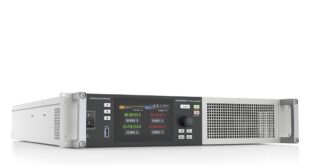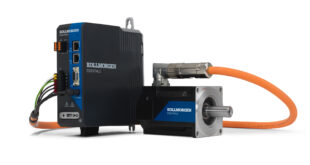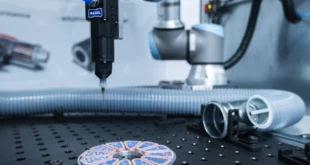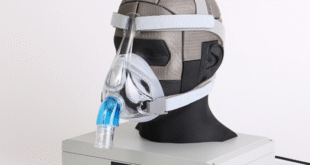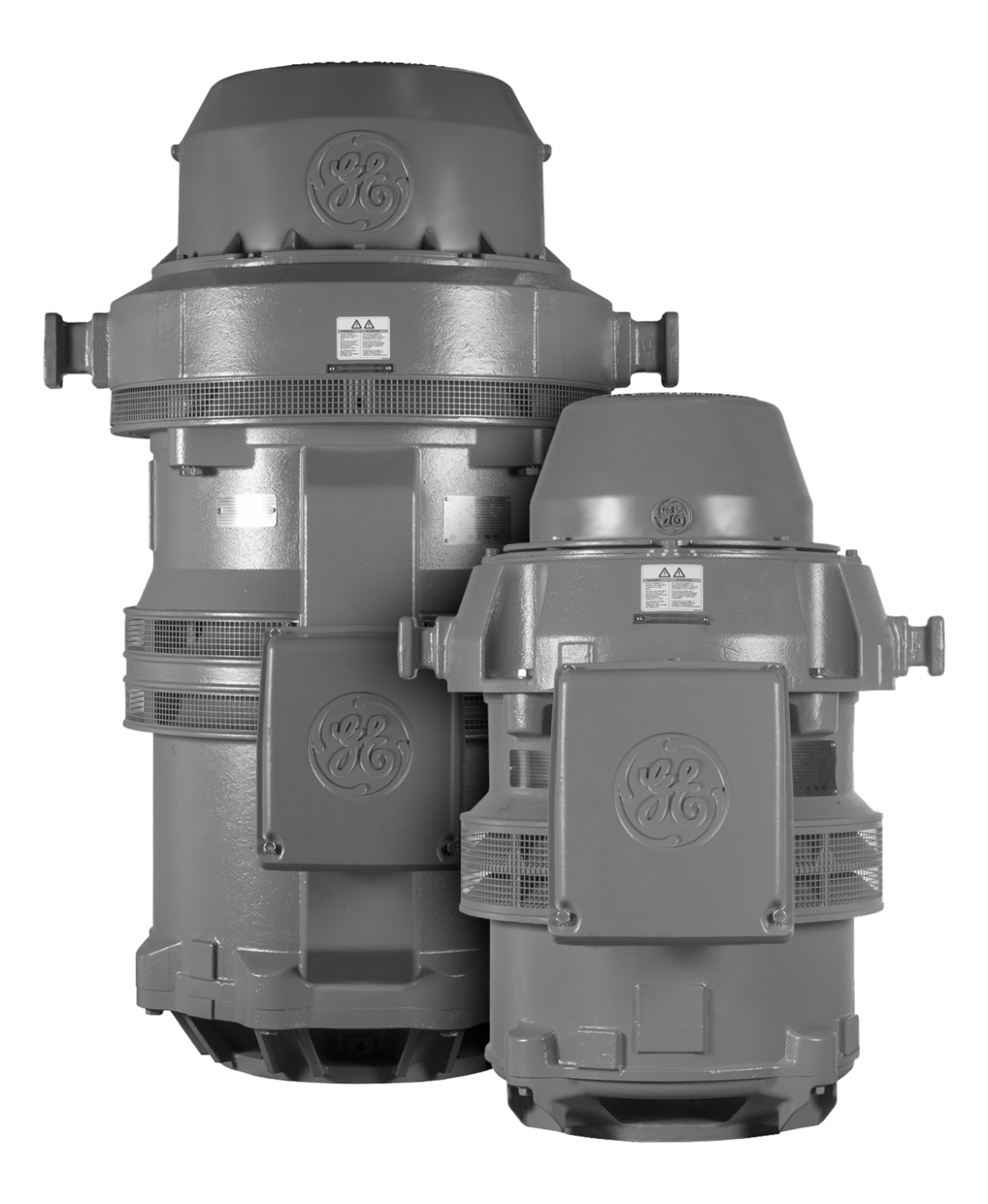Power resistor manufacturer, Cressall, has trialled a new configuration for its expanded mesh resistor element. The new, Omega shaping of the resistor elements will provide customers with an improved resistor design and better displacement of the mesh elements.
Expanded mesh elements have a very large surface area in relation to their mass, giving excellent heat transfer capabilities and making them ideal for continuous duties. The active material, insulators and mountings on expanded mesh resistor elements are designed to maximise the use of convection air for ventilation.
Expanded mesh is also a lighter and often more durable choice when designing power resistors, making it a favourable option for offshore, automotive, rail traction and motor control applications.
In place of a flat strip that usually forms the element, Cressall has tested a new element form that takes the shape of the Omega symbol — the symbol for resistance in Ohms. This new shape will provide increased rigidity, reducing the amount the element moves when heated. The aim of the test was also to discover whether the displacement of the new mesh shape is better than previous forms.
When designing resistors, manufacturers aim to control the displacement of elements relative to one another. High displacement could cause the elements to come into contact and short circuit the resistor, which could lead to equipment failure. Therefore, maintaining the lowest displacement possible helps improve the safety of the resistor, while reducing its risk of failure.
To test the displacement of the new elements, Cressall used a higher power rating than usual, running elements at a temperatures in excess of 500˚C. To measure the displacement, the team took high-resolution photographs of the heating element throughout the test and compared the pixel difference of images taken just before the power was applied and before it was turned off.
Comparing the pixels of the images allowed Cressall to calculate the maximum pixel displacement, which was then converted into distance in millimetres (mm).
“Results showed that the maximum element displacement of the new element shape was less than two mm. If two parallel elements moved up to two mm towards each other, this would be the worst-case scenario,” explained Andrew Keith, group product development director at Cressall.
“A reduction in the spacing between adjacent elements of four mm is comfortably acceptable under full load conditions. After obtaining this data, we realised our new expanded mesh element shape worked, and we could provide a better, more reliable product to our customers.”
In addition to improving the quality and safety of Cressall’s expanded mesh elements, the new pressed tooling process will also reduce manufacturing time, as current element shaping is completed manually.
Cressall can engineer expanded mesh with any configuration of element length, cross-section, material thickness, banking arrangement and cooling method to suit the requirements of your application.
 Engineer News Network The ultimate online news and information resource for today’s engineer
Engineer News Network The ultimate online news and information resource for today’s engineer
